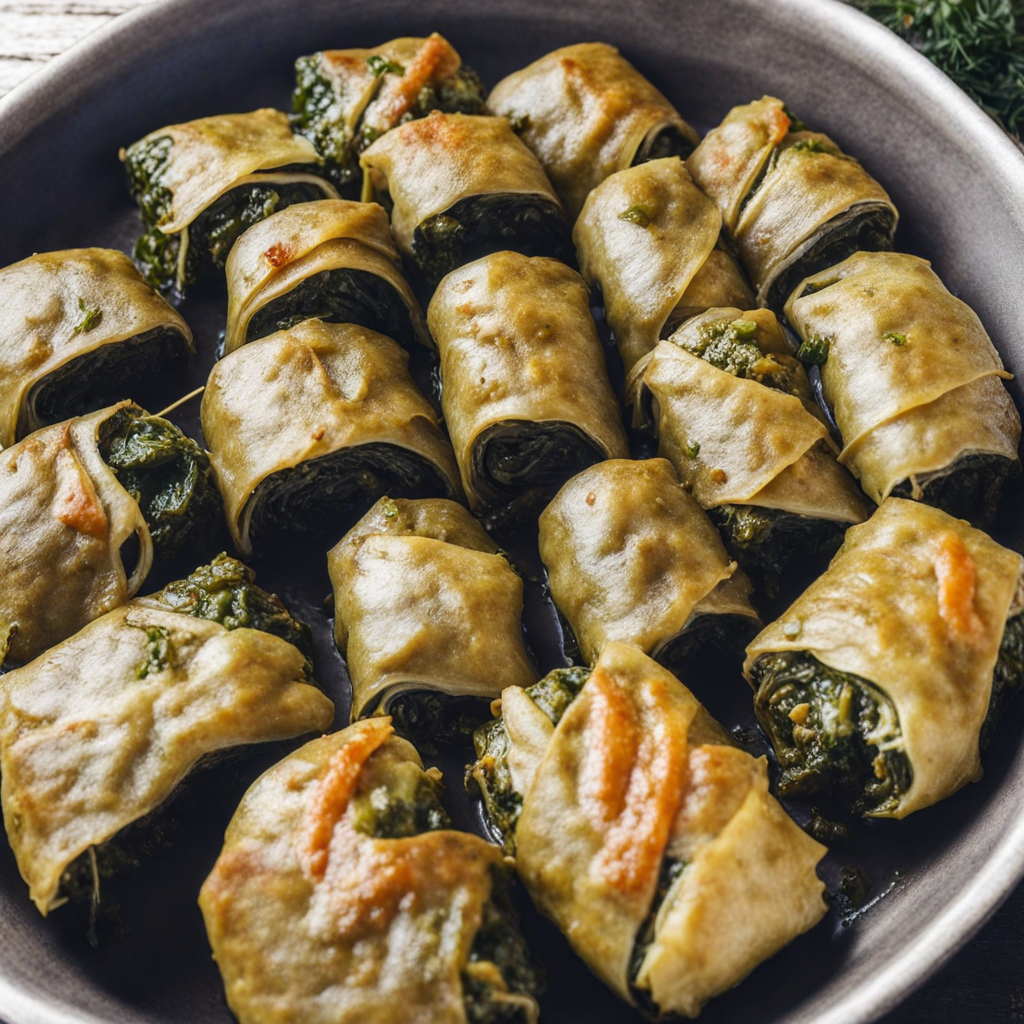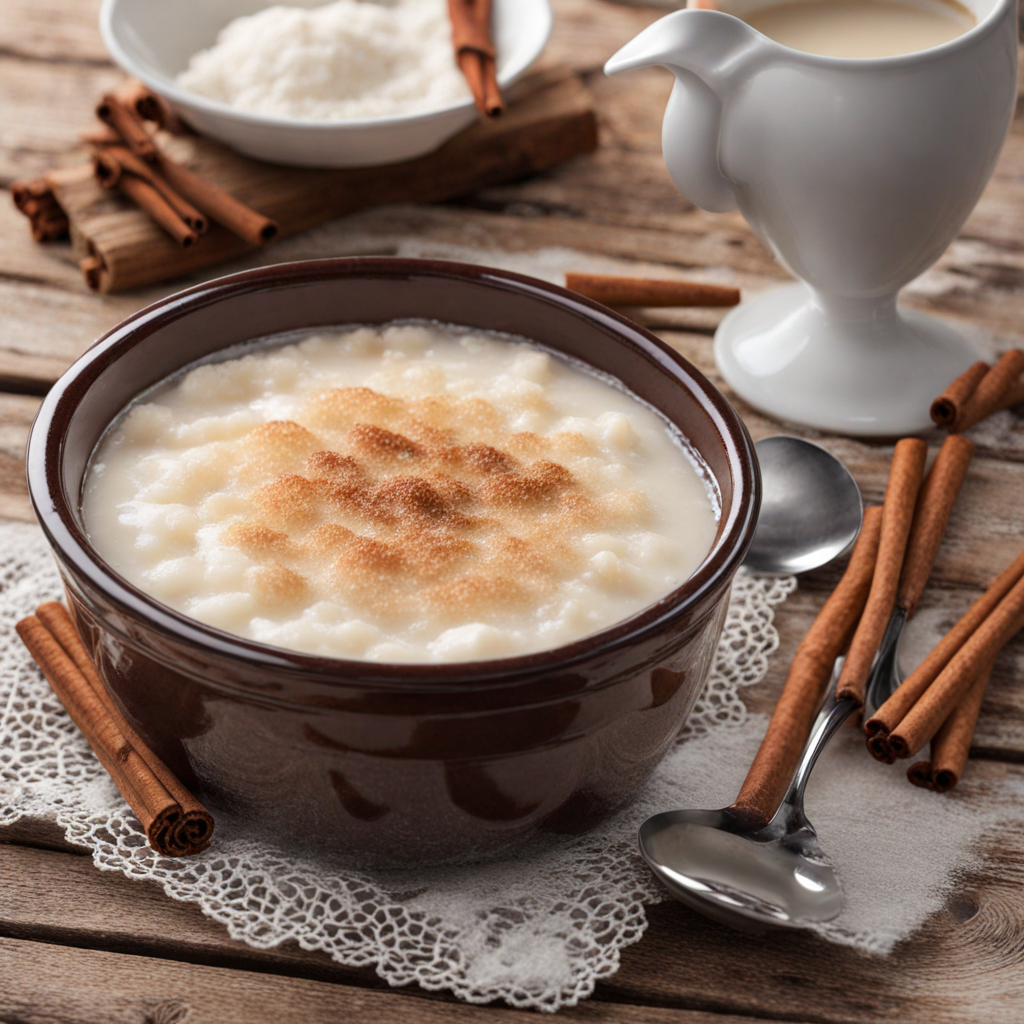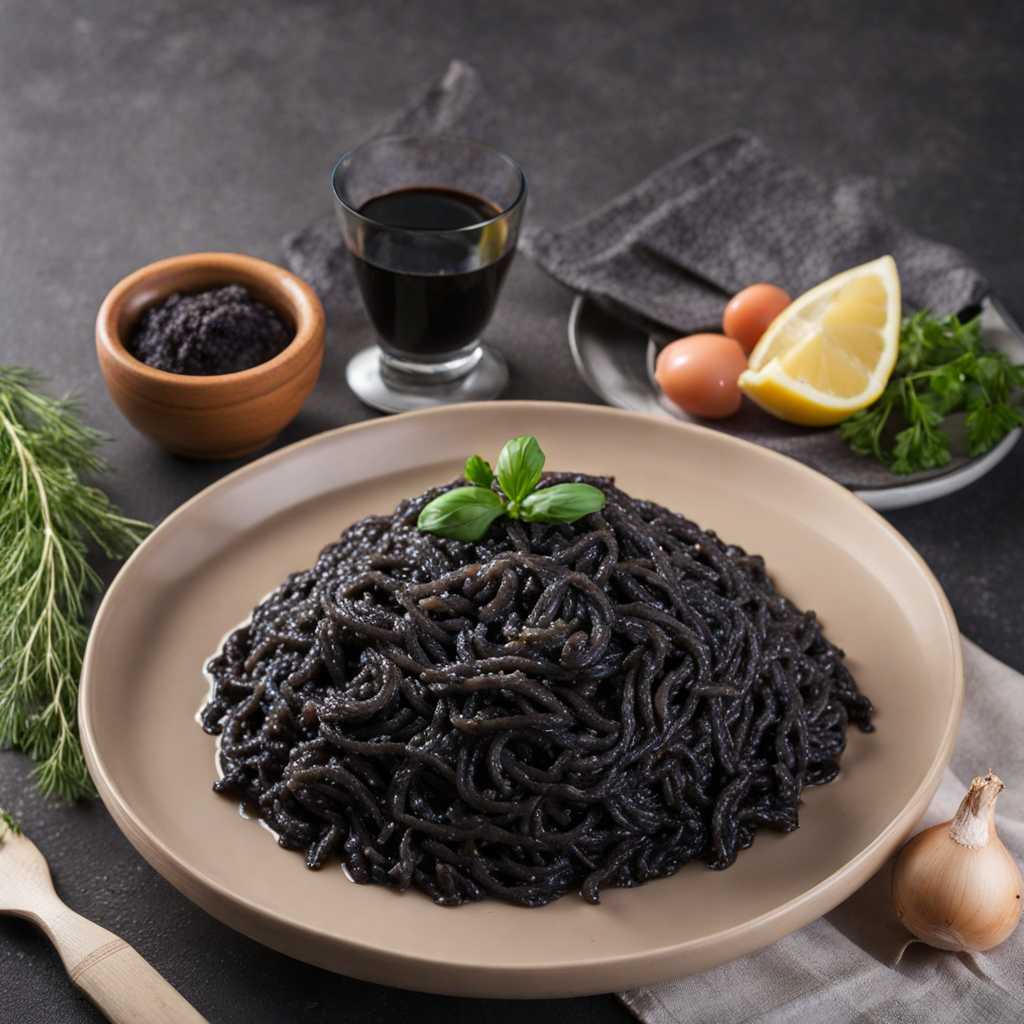Japraci
Japraci are a delightful Montenegrin dish that showcases the rich flavors and culinary traditions of the region. Essentially a type of stuffed cabbage roll, Japraci is made using young cabbage leaves, which are tender and pliable, making them perfect for wrapping around a savory filling. The filling typically consists of a mixture of minced meat—often a combination of beef and pork—infused with aromatic spices, rice, and sometimes fresh herbs. This combination creates a hearty and satisfying meal that is both comforting and delicious. Once the cabbage leaves are filled and rolled, they are traditionally simmered in a savory tomato sauce, which adds depth and richness to the dish. The cooking process allows the flavors to meld beautifully, with the cabbage becoming tender and the filling absorbing the tangy notes of the sauce. Each bite delivers a burst of flavor, enhanced by the spices that permeate both the meat and the cabbage. The dish is often served with a dollop of sour cream or yogurt on the side, providing a creamy contrast that elevates the overall experience. Japraci is not just a meal; it’s a representation of Montenegrin hospitality and tradition. This dish is often prepared for family gatherings and special occasions, symbolizing togetherness and celebration. The process of making Japraci can be quite communal, with family members coming together to prepare and enjoy the dish. With its unique combination of flavors and textures, Japraci invites you to explore the heart of Montenegrin cuisine, offering a taste that is both familiar and wonderfully distinct.
How It Became This Dish
The Culinary Journey of Јапраци: A Taste of Montenegro #### Origins of Јапраци Јапраци, also known as "sarma," are a quintessential dish in Montenegrin cuisine and a staple throughout the Balkans. These delightful rolls are made from fermented cabbage leaves, stuffed with a mixture of minced meat, rice, and a medley of spices. The origins of Јапраци can be traced back to the Ottoman Empire, which left a profound impact on the culinary landscape of the Balkans, introducing various dishes that melded local ingredients with influences from the East. The name "Јапраци" is derived from the word "japrak," which is believed to have Turkic roots, reflecting the historical intercultural exchanges that have shaped the region's food traditions. The dish’s primary components—cabbage and meat—have been staples in Montenegrin households for centuries. Fermented cabbage, in particular, is a preservation method that dates back to ancient times, when people relied on it to sustain themselves during harsh winters. #### Cultural Significance In Montenegro, Јапраци is more than just a dish; it embodies the warmth of family gatherings and the spirit of hospitality. Traditionally made for special occasions, such as holidays, weddings, and religious celebrations, this dish brings together communities and fosters a sense of belonging. It is often served with sour cream or yogurt, enhancing its flavors and creating a comforting meal that resonates with the heart and soul of Montenegrin culture. The preparation of Јапраци is often a communal activity, with family members coming together to roll the cabbage leaves and share stories, laughter, and traditions. This practice reinforces familial bonds and preserves the culinary heritage passed down through generations. Each family may have its unique twist on the recipe, incorporating regional spices and personal touches that reflect their individual histories and tastes. #### Development Over Time The evolution of Јапраци can be seen as a reflection of Montenegro's historical and social changes. During the Ottoman period, the dish became widely embraced, adapting to local ingredients and tastes. As Montenegro transitioned from Ottoman rule to a more independent identity, the culinary landscape began to diversify. The incorporation of local herbs, such as dill and parsley, and the use of different meats—such as pork, beef, or lamb—became commonplace, allowing for regional variations of Јапраци. In the 19th century, with the rise of nationalism and the quest for cultural identity, Montenegrins began to celebrate their culinary heritage more fervently. This period saw the codification of traditional recipes, as cookbooks began to emerge, documenting the flavors and techniques unique to Montenegro. The preparation of Јапраци became a symbol of national pride, representing the resilience and resourcefulness of the Montenegrin people. As the 20th century unfolded, the influence of globalization began to permeate Montenegrin cuisine. With the influx of new ingredients and culinary techniques, chefs started experimenting with traditional dishes, including Јапраци. This fusion led to innovative variations, such as vegetarian or vegan versions that cater to changing dietary preferences. Despite these adaptations, the core essence of Јапраци remains unchanged—a dish rooted in tradition and communal spirit. #### Modern-Day Јапраци Today, Јапраци continues to be a beloved dish in Montenegro, enjoyed by locals and tourists alike. Home cooks and chefs in restaurants alike take pride in preparing authentic versions of the dish, ensuring that the flavors and techniques remain true to their origins. The dish is often featured on menus across the country, particularly during the colder months, when the comforting nature of the dish is most appreciated. In recent years, there has been a resurgence of interest in traditional Montenegrin cuisine, with a newfound emphasis on local, organic ingredients. Farmers’ markets and community-supported agriculture initiatives have made it easier for chefs and home cooks to access high-quality produce and meats, allowing for a return to the roots of traditional cooking. This shift has breathed new life into dishes like Јапраци, as chefs experiment with heirloom varieties of cabbage and locally sourced meats, enhancing the flavor and sustainability of the dish. Moreover, cultural festivals celebrating Montenegrin heritage often feature Јапраци as a highlight, showcasing its significance in the national identity. These events not only promote local gastronomy but also encourage younger generations to engage with their culinary heritage, ensuring that the tradition of making Јапраци continues to thrive. #### Conclusion The journey of Јапраци in Montenegro is a testament to the enduring power of food as a cultural artifact. From its Ottoman origins to its modern-day iterations, this dish embodies the rich tapestry of Montenegrin history and identity. It serves as a reminder of the communal bonds that food can create, the resilience of traditions, and the adaptability of cuisine in the face of change. As Montenegro continues to evolve, so too will the story of Јапраци, reflecting the ongoing dialogue between the past and the present. Whether enjoyed at a family gathering or a festive celebration, Јапраци remains a cherished dish that nourishes not just the body but also the spirit of the Montenegrin people. It stands as a delicious emblem of culture, history, and the simple joys of sharing a meal with loved ones.
You may like
Discover local flavors from Montenegro







